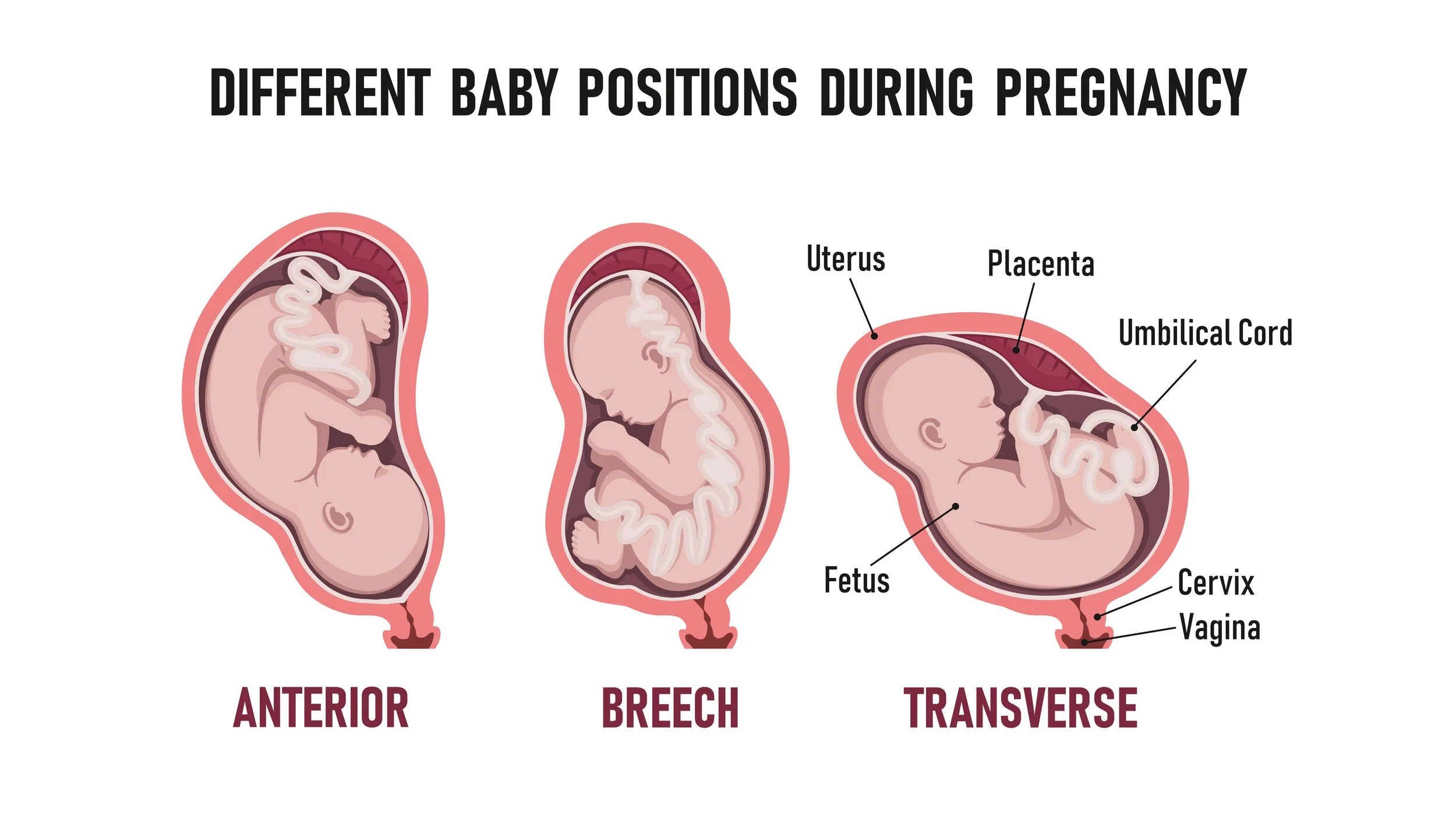Creating a safe and welcoming environment for your new baby is crucial to preparing for parenthood. Not all of these items need to be purchased before babe is here, however here's a room-by-room checklist to help you get your home ready for your little one's arrival:
Nursery:
Crib and Bedding: Ensure the crib meets safety standards, and use a firm mattress with a fitted sheet. Avoid using pillows, blankets, or stuffed animals in the crib.
Changing Table: Stock it with diapers, wipes, and diaper rash cream.
Clothing Storage: Organize baby clothes in the closet or dresser.
Baby Monitor: Set up a baby monitor if you plan to use one.
Nightlight: Consider a dim nightlight for late-night feedings and diaper changes.
Laundry hamper
Kitchen:
Baby Bottles and Feeding Supplies: Sterilize and organize bottles, nipples, breast pumps, and formula if needed.
High Chair: If your baby is ready for solids, have a high chair.
Baby-Friendly Utensils and Dishes: Purchase or set aside utensils, plates, and bowls for your little one.
Living Room:
Baby-Proofing: Install safety gates and secure heavy furniture to prevent accidents.
Toy Storage: Set up a designated area for baby toys.
Comfortable Nursing Area: Create a cozy spot for breastfeeding or bottle feeding.
Bathroom:
Baby Bath Supplies: Gather baby shampoo, soap, a soft washcloth.
Baby First Aid Kit: Include a rectal thermometer, baby nail clippers, and infant-friendly pain relievers.
Bedroom:
Your Sleep Space: If the baby shares your room, set up a bassinet or co-sleeper for easy access during nighttime feedings.
Blackout Curtains: These can help create a conducive sleep environment for you and your baby.
Laundry Room:
Baby Laundry Detergent: Have a separate detergent for baby clothes to avoid skin sensitivities.
Dirty Diaper Disposal System: Consider a diaper pail for convenience.
General Safety:
Outlet Covers: Childproof electrical outlets.
Safety Latches: Install cabinet locks to keep hazardous items out of reach.
Window Guards: Consider window guards for added safety if you have low windows.
Smoke and Carbon Monoxide Detectors: Ensure they are in working order.
Car:
Car Seat: Install it properly in your vehicle before the due date. This can also be done at any firestation.
Mirror: Install a rear-facing baby mirror to monitor your baby during car rides.
Emergency Contacts:
Pediatrician: Please ensure your pediatrician's contact information is readily available.
Poison Control: Post the number for poison control in emergencies.
Regularly review and update these safety measures as your baby grows and becomes more mobile. This checklist will help you prepare your home for the new addition to your family and ensure a safe and comfortable environment for your baby's arrival. Maintaining well-arranged areas throughout your home will greatly simplify your life. In the initial weeks, your hands will be occupied, necessitating multiple instances of commonly used items. Establish feeding, changing, and sleeping stations in various rooms for optimal convenience. Place all essential supplies in baskets at each station to minimize the need for constant room-to-room trips. Ensure everything is easily accessible for you while tending to your baby, whether during feeding, rocking, or soothing.
XOXO-Holly





















